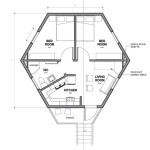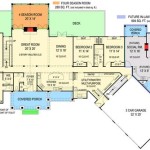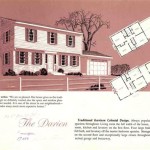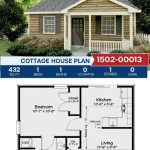Electrical Symbols In Building Plans: Essential Aspects
Electrical symbols play a vital role in building plans, providing a concise and standardized language that facilitates communication between architects, engineers, contractors, and other professionals involved in the construction process. These symbols represent various electrical components, devices, and systems, enabling a clear understanding of the electrical layout of a building.
Understanding electrical symbols is essential for effectively reading and interpreting building plans. By recognizing the different symbols and their meanings, you can gain a comprehensive understanding of the electrical infrastructure of a building, including the location and function of outlets, switches, lighting fixtures, and other electrical elements.
Here are some essential aspects of electrical symbols in building plans:
- Standardization: Electrical symbols are standardized according to industry-recognized codes and standards, such as the National Electrical Code (NEC) or the International Electrotechnical Commission (IEC) standards. This ensures consistency and clarity in the representation of electrical components across different projects and jurisdictions.
- Symbol Categories: Electrical symbols are typically categorized into various types, including symbols for outlets, switches, lighting fixtures, electrical devices, and electrical systems. Each category encompasses a range of symbols that represent specific functions or components within that category.
- Graphical Representation: Electrical symbols are typically represented using geometric shapes, lines, and alphanumeric characters. The shape and arrangement of these elements convey the specific meaning and function of the electrical component they represent.
- Line Thickness and Style: The thickness and style of lines used in electrical symbols also carry significant meaning. For instance, thicker lines may indicate heavier gauge wires or higher current ratings, while dashed lines may represent concealed wiring or connections.
- Color Coding: In some cases, color coding is employed in electrical symbols to differentiate between different types of circuits or systems. For example, red may be used for fire alarm circuits, while green may represent emergency lighting systems.
To effectively utilize electrical symbols in building plans, it is recommended to familiarize yourself with the relevant industry standards and codes. There are various resources available, such as online libraries or reference guides, that provide comprehensive listings and explanations of electrical symbols. By gaining a thorough understanding of these symbols, you can enhance your ability to interpret building plans accurately and contribute effectively to electrical design and construction projects.

Home Electrical Plan Symbols

House Electrical Plan Diagram Symbols Blueprint

Image From Http Mewe Co Wp Content Uploads 2024 04 Good Architectural Floor Plan Symbols With Plans Electrical Layout

Floor Plan Symbols And Abbreviations To Read Plans Foyr
Create An Electrical Plan Roomsketcher Help Center

Electric And Telecom Plans Solution Electrical Symbols Plan

Electrical Symbols Images Browse 1 331 946 Stock Photos Vectors And Adobe

Dia Sheet Electrical Electricity Symbols For Floor Plans Based On Belgium Regulations

Understanding Floor Plan Symbols Maximize Your Design Precision

How To Draw An Electrical Plan With Roomsketcher








